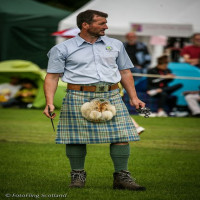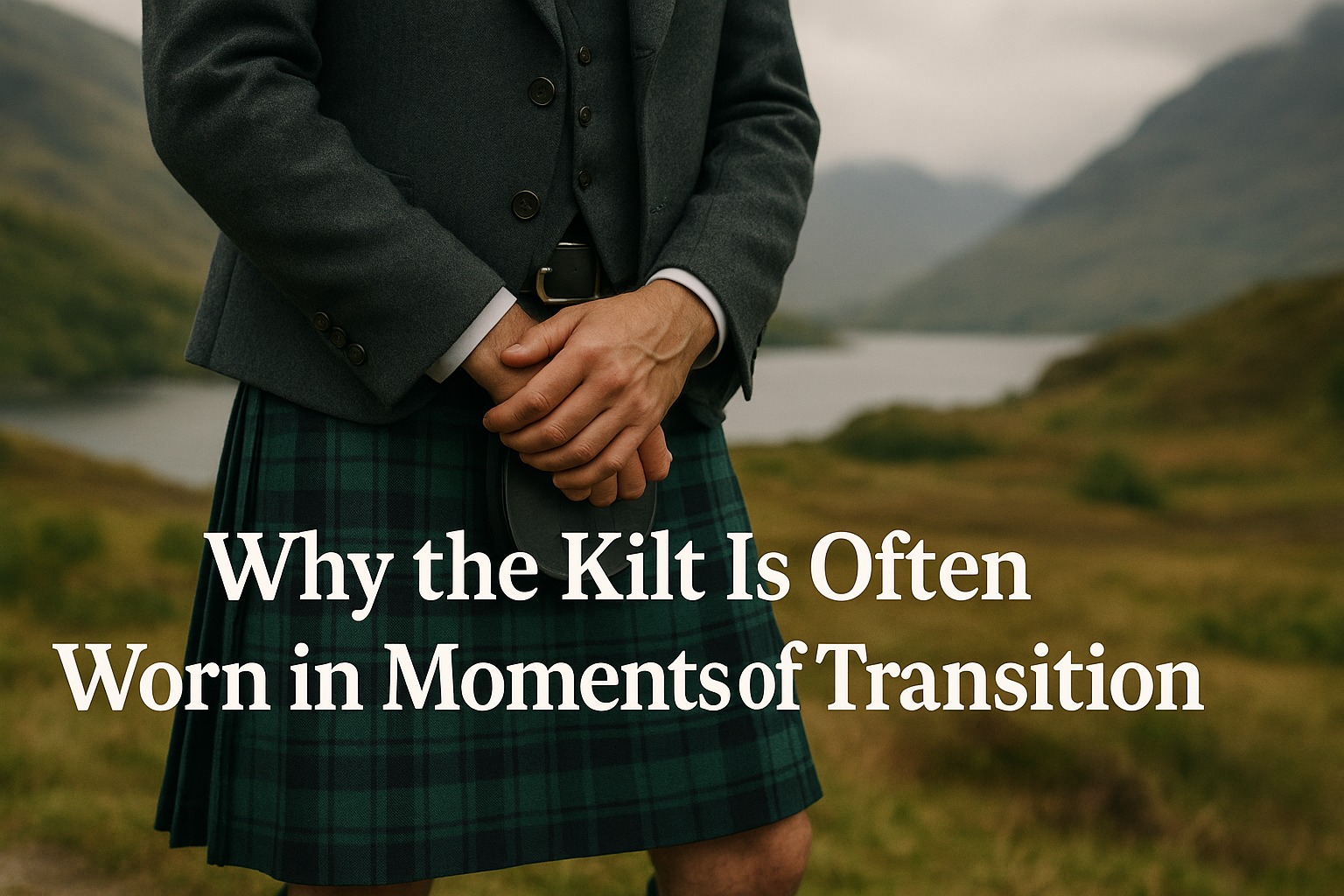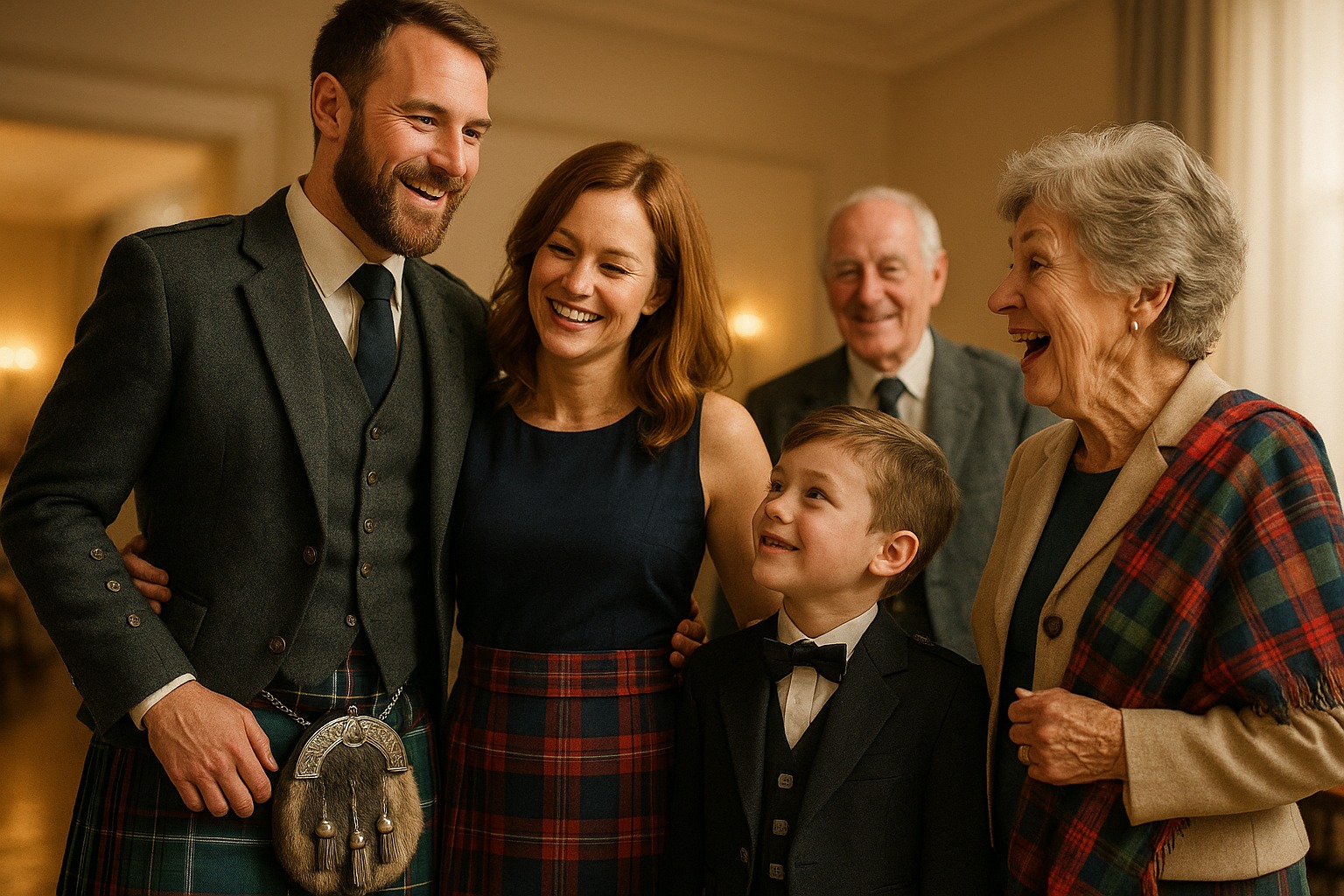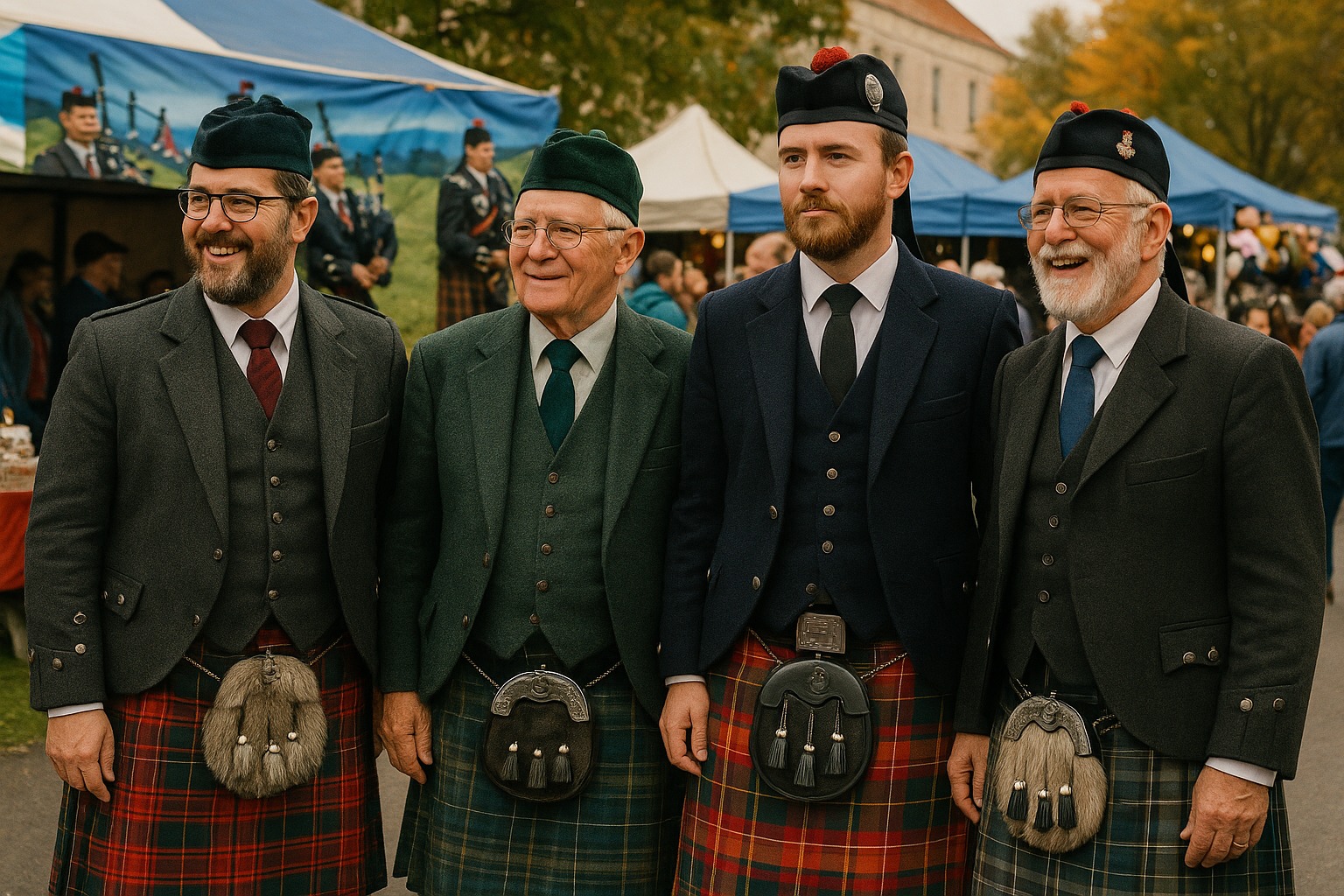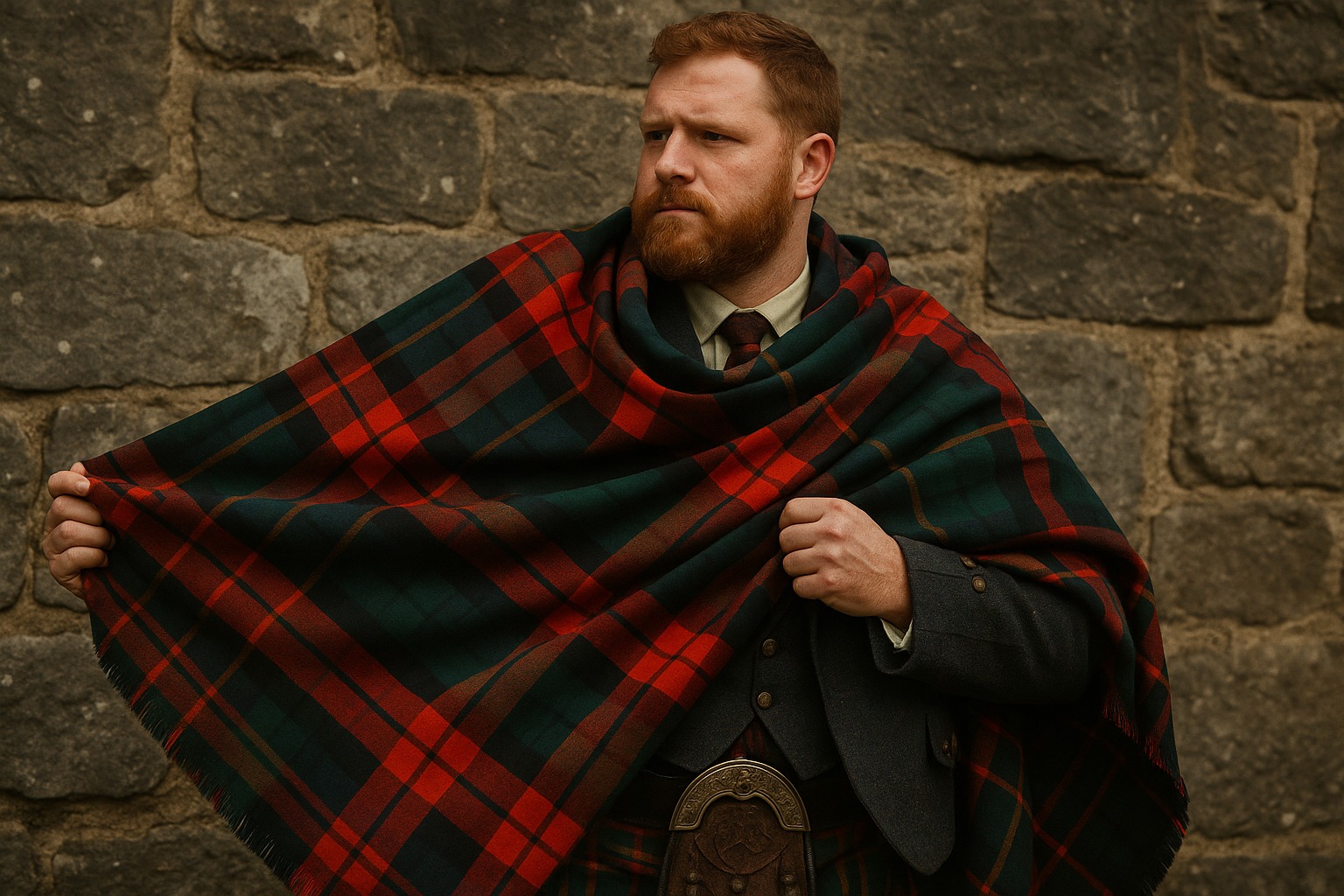Why the Kilt Isn’t Just for Ceremonies Anymore
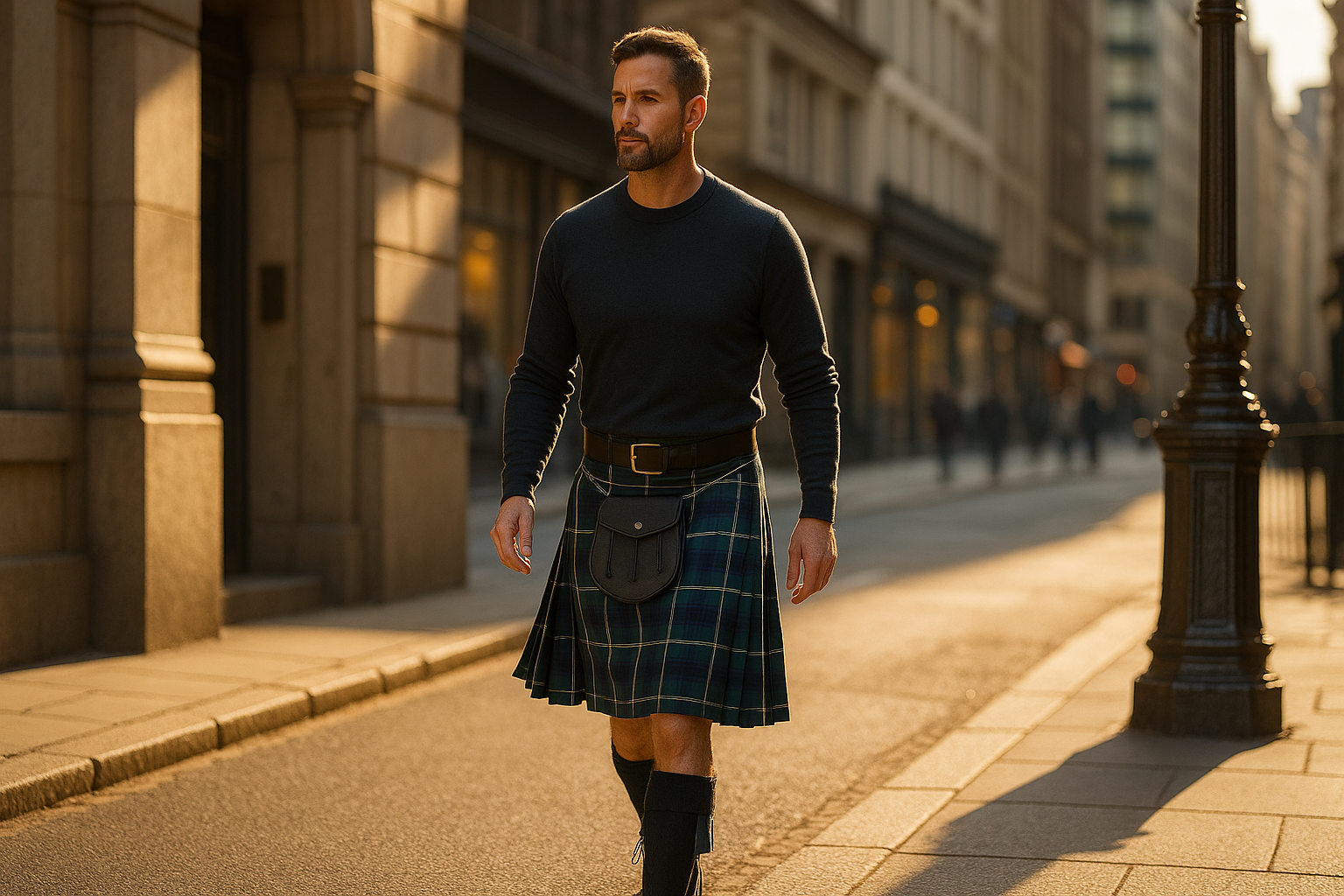
Strong 8k brings an ultra-HD IPTV experience to your living room and your pocket.
Introduction: Beyond Formality
Once reserved for formal events like weddings, funerals, and national celebrations, the kilt has steadily made its way into everyday life. Today, more and more Scots—as well as admirers of Scottish heritage around the world—are choosing to wear kilts outside of traditional ceremonies. From music festivals and street fashion to workplace attire and social activism, the kilt is proving its relevance as a versatile, contemporary garment.
This article explores how and why the kilt is being embraced far beyond the boundaries of formal tradition.
________________________________________
1. Everyday Pride in Heritage
Wearing a kilt casually is an act of cultural pride. It signals a connection to one’s roots, not just during major life events but in everyday moments. For many, it’s a reminder of identity and lineage—a statement that Scottishness isn’t occasional, but ongoing.
________________________________________
2. A Contemporary Fashion Statement
Modern designers have reimagined the kilt in streetwear, pairing it with boots, sneakers, and graphic tees. Urban kilts in muted or solid colors appeal to those who want the form of a kilt without the ceremony of clan tartan. As a result, kilts are now found on runways and sidewalks alike.
________________________________________
3. Comfort and Practicality
The kilt is not only symbolic but also functional. Many wearers praise its comfort, breathability, and freedom of movement. Utility kilts with pockets and durable fabrics are popular among craftsmen, hikers, and festival-goers.
________________________________________
4. Music and Subculture Influence
Musicians, particularly in Celtic rock, punk, and folk scenes, have embraced the kilt as stagewear. It adds a layer of identity and performance flair, and fans have followed suit. Kilts in concerts and mosh pits are now a common sight.
________________________________________
5. Political and Social Statements
Activists have adopted the kilt to symbolize resistance, freedom, and anti-colonial pride. It often appears in marches, independence rallies, and Pride events. When paired with slogans or combined with LGBTQ+ flags, the kilt becomes a canvas for intersectional identity and expression.
________________________________________
6. Diaspora Representation
Across the Scottish diaspora, people wear kilts to connect with their heritage in multicultural settings. Whether at Irish-Scottish festivals in the U.S. or cultural days in Canada and Australia, kilts are worn proudly in casual gatherings, expanding their cultural footprint.
________________________________________
7. Workplace and Formal Alternatives
In certain creative, academic, or tech environments, kilts are now acceptable workplace attire. Worn with sweaters or dress shirts, they offer a sophisticated but culturally expressive alternative to trousers. The kilt is evolving into a versatile style option even in semi-formal settings.
________________________________________
8. Sports and Outdoor Activities
Kilts designed for outdoor sports, such as hiking kilts or athletic kilts, are growing in popularity. With quick-dry fabrics, ventilation, and rugged design, they appeal to those who want cultural representation even while being active.
________________________________________
9. Intergenerational Adoption
Younger Scots are reimagining how and when the kilt can be worn. From school events and graduation parties to festivals and nightlife, Gen Z and millennials are giving the garment a new social life. TikTok and Instagram have also popularized kilt styling tips, fueling its everyday appeal.
________________________________________
10. The Rise of the Custom Kilt
With online ordering and kilt makers offering custom colors, lengths, and accessories, personalizing a kilt has never been easier. Custom kilts allow people to reflect personal taste rather than clan association, making the kilt a more accessible fashion item.
________________________________________
Conclusion: From Occasion to Everyday Icon
The kilt is no longer limited to the ceremonial. It is evolving alongside culture itself—adaptable, expressive, and ready to be worn in new ways. Whether in a crowd at a concert, walking through a city, or advocating at a rally, the modern kilt-wearer carries tradition into contemporary life with confidence.
What was once sacred only to ceremony has become a living symbol of heritage, freedom, and style.
Note: IndiBlogHub features both user-submitted and editorial content. We do not verify third-party contributions. Read our Disclaimer and Privacy Policyfor details.

